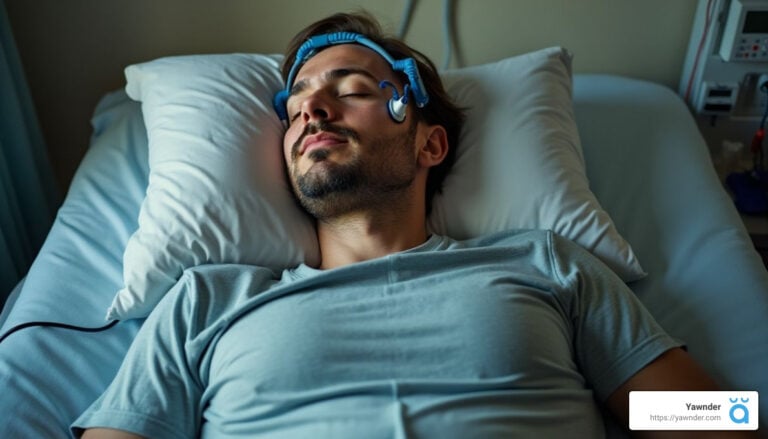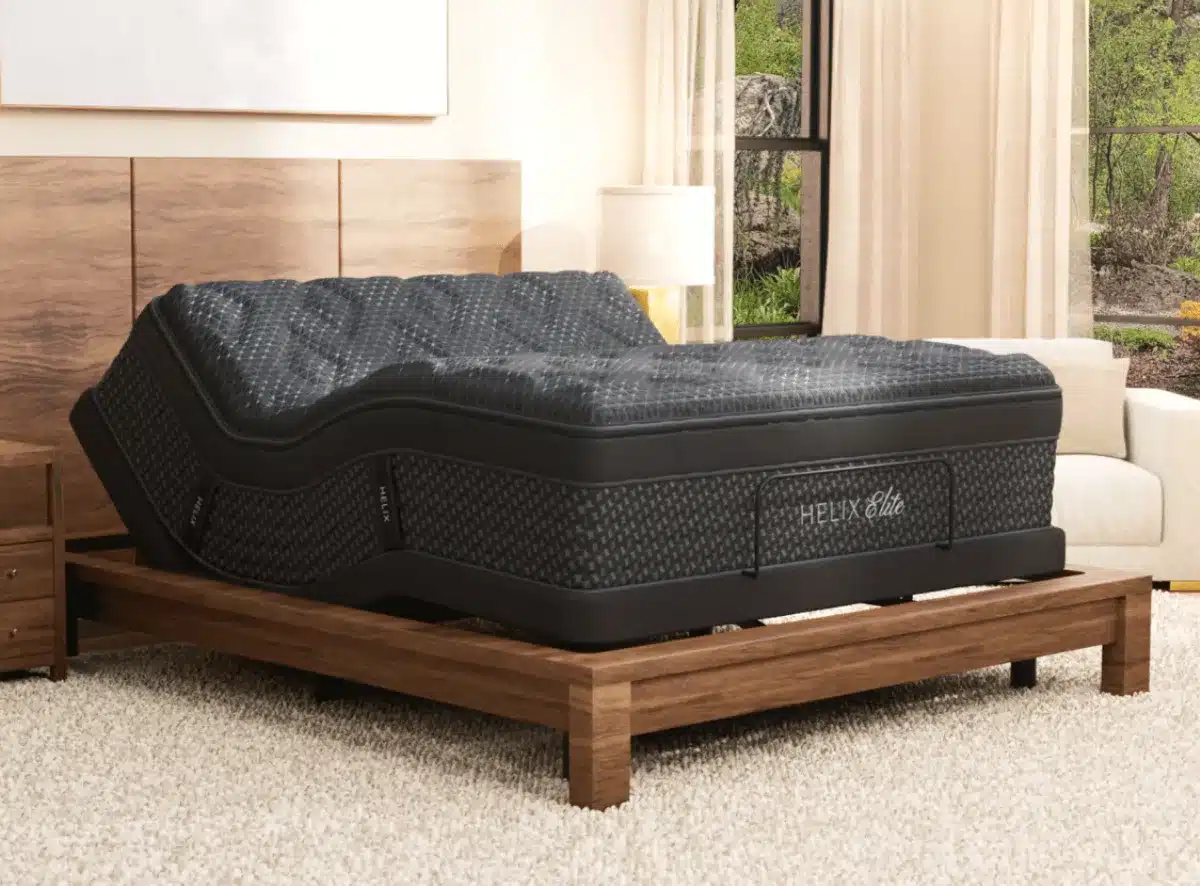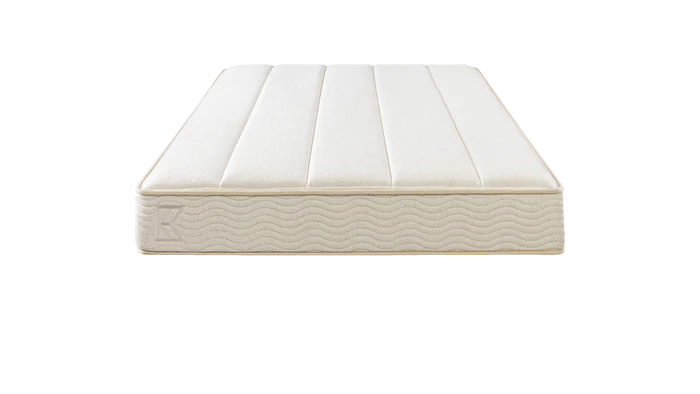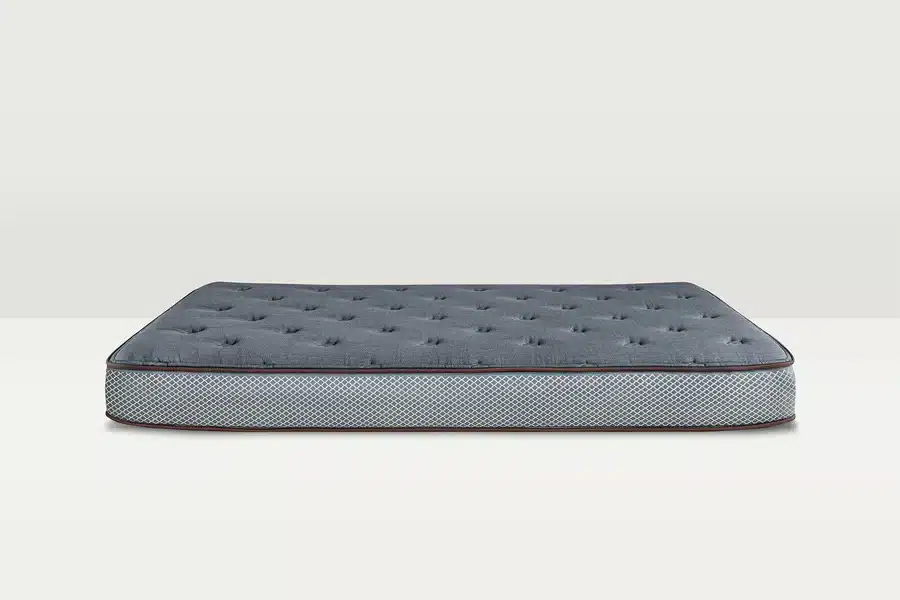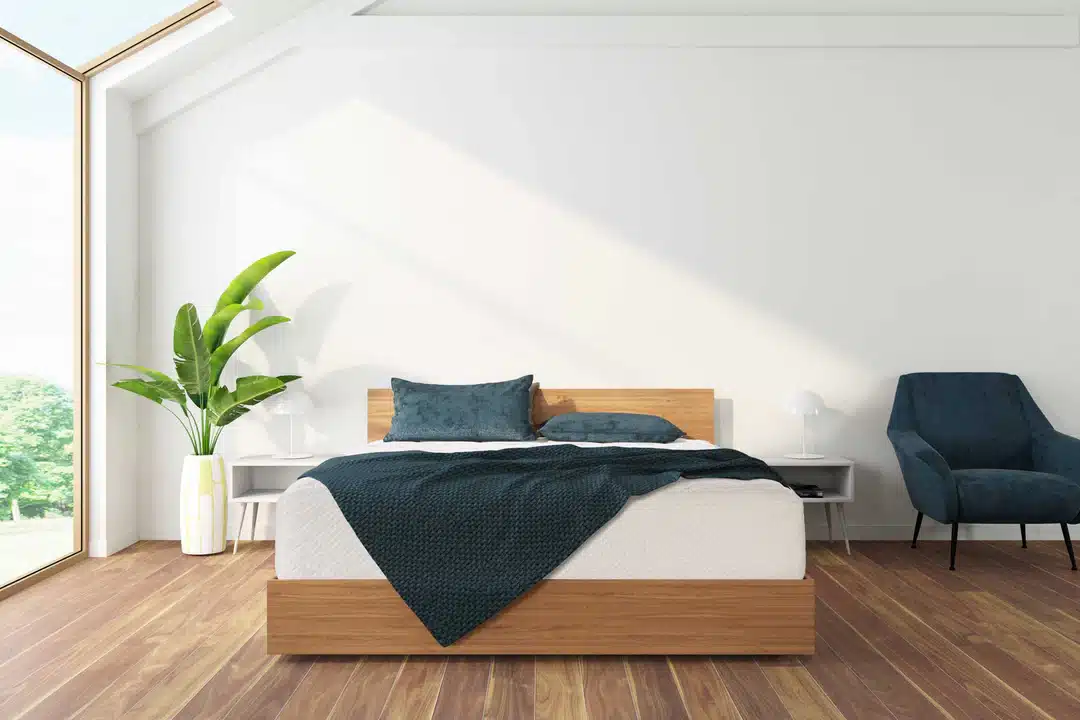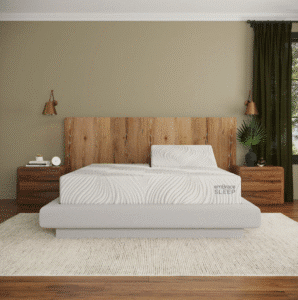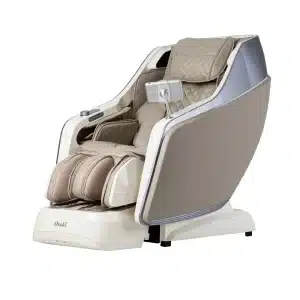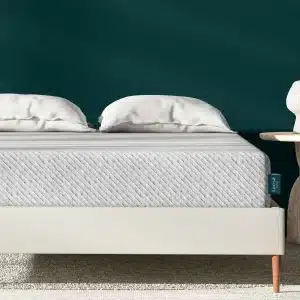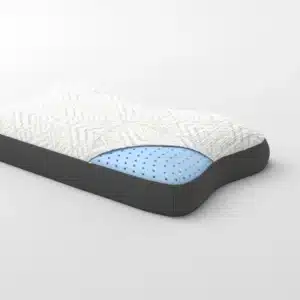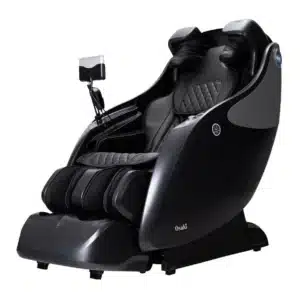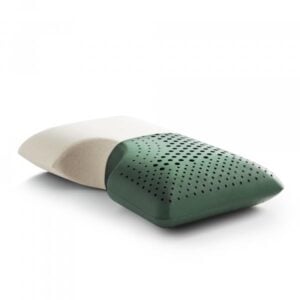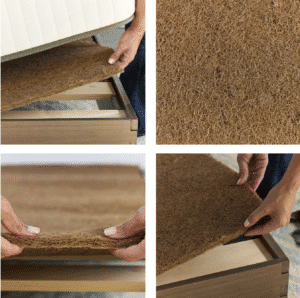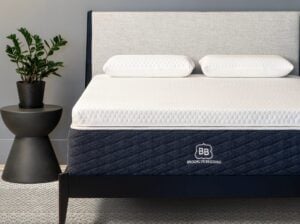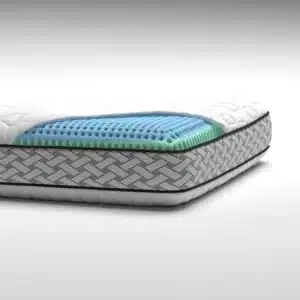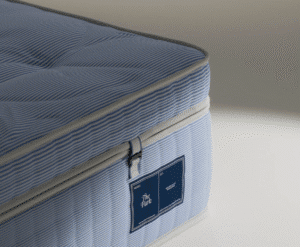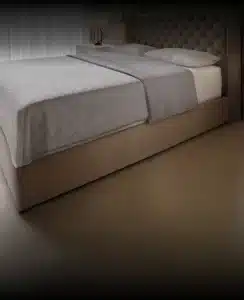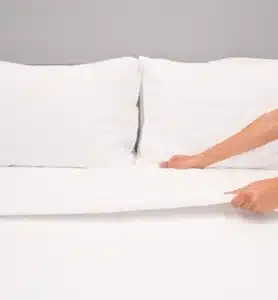The Complete Guide to Polysomnography: Understanding Sleep Studies
Understanding Polysomnography: Your Essential Guide to Sleep Studies
Have you ever pondered how sleep disorders are diagnosed or what exactly happens during a sleep study? Welcome to the world of polysomnography—a detailed test that unveils the intricacies of your sleep quality by monitoring various physiological functions. Whether performed overnight or during the day for shift workers, polysomnography offers a comprehensive look into your sleep patterns. This guide will explore the ins and outs of polysomnography, from its fundamental principles to its essential role in diagnosing sleep disorders.
Overview of Polysomnography
Polysomnography is not just another test; it’s a high-tech sleep evaluation that tracks a range of bodily functions to identify sleep issues. Here’s a snapshot of what it involves:
– Brain Waves: Monitored by electrodes on your scalp, revealing stages of sleep.
– Oxygen Levels: Checked with a sensor clipped to your finger or earlobe.
– Heart Rate: Captured through electrodes on your chest.
– Breathing Patterns: Analyzed via sensors at your nose and mouth.
– Leg and Eye Movements: Tracked to identify specific sleep disorders, such as restless legs syndrome.
I’m Ben Trapskin, founder of Yawnder. After grappling with my own sleep issues, I dedicated years to studying sleep science to enhance my rest. This guide is designed to provide you with a deeper understanding of polysomnography and its potential to improve your sleep health.
What Is Polysomnography?
Polysomnography is essentially a sleep study designed to diagnose various sleep disorders by tracking multiple physiological functions while you slumber. Imagine a sophisticated sleepover where your body’s activities are monitored to uncover why you’re not achieving a restful night.
What Does Polysomnography Measure?
During a polysomnography test, several key parameters are assessed to deliver a holistic view of your sleep:
1. Brain Waves: Electroencephalogram (EEG) sensors gauge your brain’s activity, helping distinguish different sleep stages, notably non-rapid eye movement (NREM) and rapid eye movement (REM) sleep.
2. Oxygen Levels: A small pulse oximeter assesses blood oxygen saturation, crucial for identifying any breathing-related issues like sleep apnea.
3. Heart Rate: Electrodes track cardiac performance, helping identify any irregularities that may disrupt sleep.
4. Breathing Patterns: Sensors analyze airflow and the effort needed to breathe, allowing for the identification of any interruptions.
5. Eye Movements: Electrooculogram (EOG) sensors register eye movements, essential for recognizing REM sleep, where dreaming primarily occurs.
6. Leg Movements: Electromyogram (EMG) electrodes monitor muscle activity in your legs, crucial for diagnosing conditions such as periodic limb movement disorder.
Why Is Polysomnography Important?
Polysomnography plays a critical role in diagnosing a variety of sleep disorders. Some of the most common conditions include:
– Sleep Apnea: Characterized by interruptions in breathing, leading to fragmented sleep.
– Periodic Limb Movement Disorder: Involves involuntary leg movements that can disrupt rest.
– Narcolepsy: Causes excessive daytime sleepiness and sudden sleep attacks.
– REM Sleep Behavior Disorder: Involves acting out dreams during the REM phase of sleep.
– Insomnia: Affects your ability to fall or stay asleep, often requiring a professional evaluation to identify underlying causes.
By pinpointing these issues, polysomnography enables healthcare professionals to develop effective treatment strategies that can significantly enhance your sleep quality and overall health.
How Does Polysomnography Work?
The testing process for polysomnography can take place in a sleep center or at home. Here’s a closer look at what to expect.
In-Lab Polysomnography
At a sleep center, you’ll be welcomed into a private room designed for comfort. Here’s what happens during the test:
– Preparation: After arriving, a technologist will attach sensors and electrodes to various parts of your body—scalp, chest, and legs—using mild adhesive.
– Monitoring: As you sleep, the sensors will continuously gather data on your brain waves, heart rate, and more, all under the watchful eye of sleep specialists.
– Analysis: Following the test, a sleep specialist will meticulously review the collected data to identify abnormalities, like breathing interruptions or irregular heart patterns.
At-Home Polysomnography
For those who prefer to sleep in their own bed, home-based polysomnography is a convenient option, especially for diagnosing sleep apnea. During an at-home test, you’ll typically use:
– Breathing and Chest Monitors: For tracking airflow and breathing effort.
– Pulse Oximeter: To monitor oxygen levels throughout the night.
You’ll receive detailed instructions for setup and may also be asked to keep a sleep log to help contextualize the data collected.
How to Prepare for a Polysomnography Test
To ensure accurate results from your polysomnography, preparation is key. Consider the following tips:
– Avoid Caffeine and Alcohol: Refrain from caffeine in the afternoon and alcohol on the day of the study, as both can negatively impact your sleep quality.
– Skip Naps: Avoid daytime naps right before your study, as they can interfere with nighttime sleep.
– Cleanliness is Vital: Shower before your appointment to ensure your skin is free of lotions, gels, or makeup that could hinder sensor attachment.
– Comfort Matters: Wear comfortable pajamas and bring along any items that help you relax, such as a favorite pillow.
By adhering to these guidelines, you increase the accuracy of the data collected during your polysomnography test.
What to Expect During the Test
When you arrive for your polysomnography, expect a cozy environment aimed at emulating your nightly routine. Here’s what will happen:
– Setup: A technician will attach electrodes and sensors while you relax in your room. You can keep your usual bedtime routine intact.
– Monitoring: While you sleep, multiple parameters—brain waves, heart rate, breathing patterns—will be meticulously tracked. A video camera and audio system will observe your involuntary behaviors like sleepwalking, should they occur.
– Post-Test Procedure: In the morning, sensors are removed, and you can return to your daily life. Follow-up appointments will discuss the results, providing insights into your sleep health.
Understanding Your Polysomnography Results
Once your test is complete, the data will be analyzed to reveal insights into your sleep patterns, helping diagnose potential disorders.
Normal vs. Abnormal Results
– Normal Results: Indicate that your sleep stages are progressing as they should with minimal disruptions.
– Abnormal Results: May reveal conditions such as sleep apnea, narcolepsy, or insomnia, each with specific indicators that can help drive targeted treatment solutions.
During your review appointment, understanding the nuances in your results will empower you to take steps toward improved sleep health.
Conclusion
Polysomnography is a vital tool in understanding and addressing sleep disorders. At Yawnder, we’re committed to guiding you through the world of sleep studies and providing effective treatment options suited to your needs. By demystifying polysomnography and ensuring you have the right support, you can attain healthier, more restorative sleep. If you’re ready to take control of your sleep health, explore our Sleep Study Services today and let us assist you on your journey toward better sleep and well-being.


